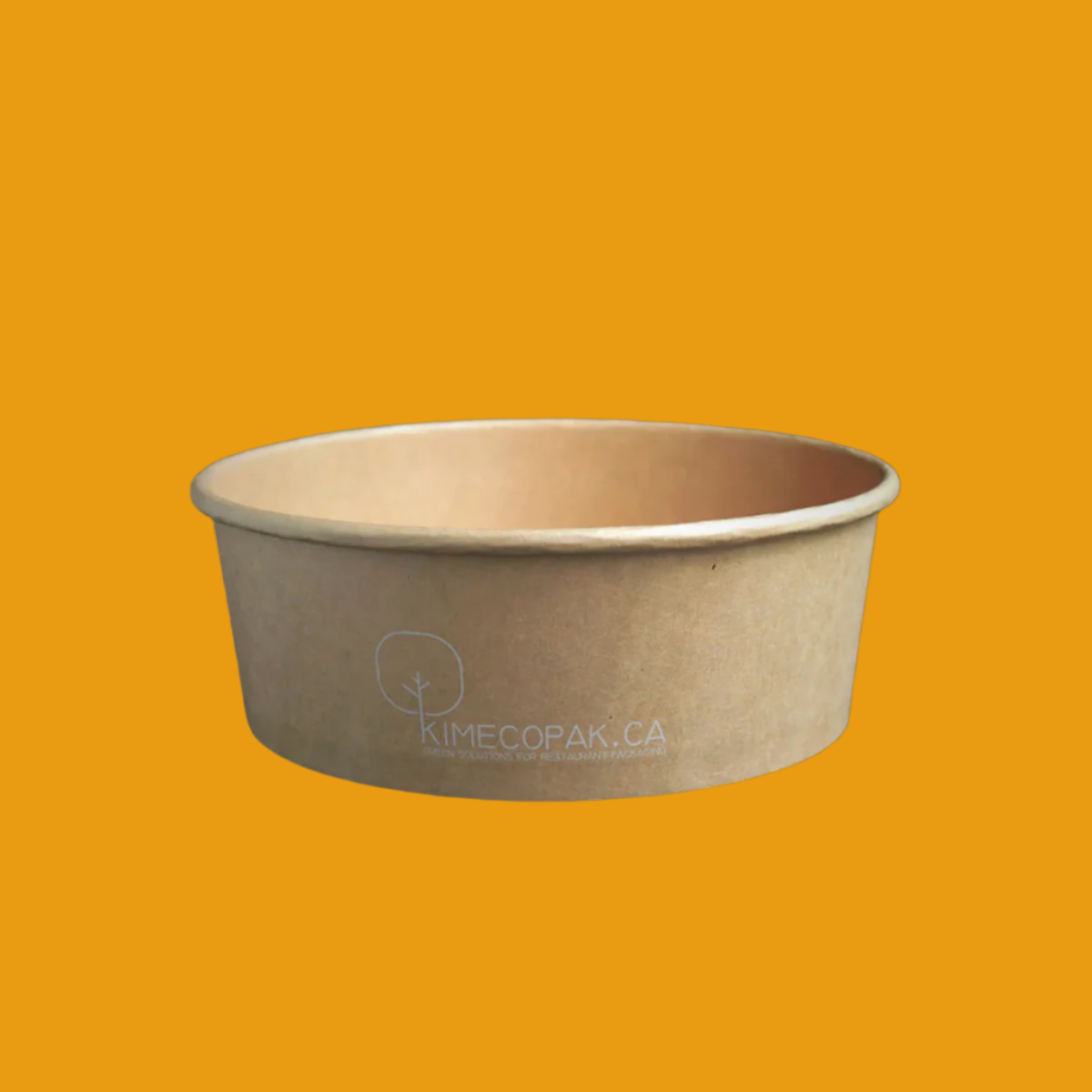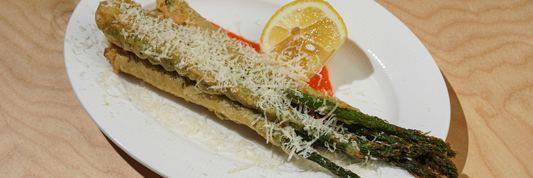Are you passionate about vibrant flavors, colorful dishes, and cultural storytelling through food? If so, learning how to open a Mexican restaurant might be your perfect next step. With the rising demand for authentic Mexican cuisine across North America, now is a strategic time to enter this booming market. This comprehensive guide walks you through every essential stage from defining your unique concept to sourcing sustainable ingredients so you can build a restaurant that delights customers and stands out in a competitive landscape.
-
Quick Service Restaurants (QSRs): Everything You Need to Know
-
Food Truck – Guide complet pour les restaurateurs et les startups du secteur alimentaire
-
How Can Sushi Startup Overcome Challenges in a Diverse Sea of Sushi Market?
Why Open a Mexican? Market Potential Cultural Appeal

The demand for Mexican cuisine has surged North America, by an increasing appreciation for both its flavors cultural significance. People seeking dining experiences go beyond mere sustenance; they want to indulge in vibrant robust tastes that transport to Mexico. Here some key reasons why it a strategic time to this market:
- Rising Demand Authentic Mexican Cuisine: As more diners seek culinary experiences, traditional foods are gaining popularity. This trend is in the growing number Mexican restaurants in urban and suburban areas+ Fusion Opportunities: There’s a lucrative opening for fusion cuisine as well. Many customers are looking for options that cater to modern dietary preferences, such as vegan or gluten-free. By blending traditional Mexican dishes with these trends, you can create unique offerings that stand out from the competition.
- Cultural Richness: Mexican cuisine is filled with history and diversity, making it an attractive for a broad customer base. The colorful presentation and flavors can enhance the dining experience, drawing in both locals and tourists looking to savor something different.
How to start mexican restaurant
Step 1 – Define Your Concept and Unique Selling Proposition (USP)

Before diving into the nitty-gritty details your restaurant, congeal your vision:
- Choose Youriche: Determine the kind of Mexican restaurant you want to create. it a fast-casual eatery, a street-style taia, or an upscale dining experience? Each offers different appeals and operational frameworks.
- Develop a Menu: Consider focusing on regional specialties. For example, Oaxacan mole and Yucatán cochinita pibil are excellent choices that not only showcase authentic flavors but also distinguish your offerings.
- Emphasize Sustainability: Many customers today appreciate businesses that prioritize the environment. Highlighting the use of-friendly packaging and locally sourced ingredients can enhance your restaurant's appeal and align with customer values.
Step 2 – Conduct Thorough Research

Understanding your market is essential for success. Address key areas:
- Analyze Competitors: Take time to identify existing Mexican restaurants in your area. Look for gaps in the market are there certain types dishes or dining styles that are underrepresented?
- Understand Customer Preferences: Tap into local tastes and dietary needs by conducting surveys or focus groups. This help tailor your menu to better meet customer demands.
- Select a Strategic Location: Prioritize areas with high foot traffic and visibility. Locations near office buildings, schools, or popular shopping areas often yield better results.
Step 3 – Create a Comprehensive Business Plan
A thorough business plan acts as your blueprint for success:
- Executive Summary: Clearly outline your vision and mission. This helps not only in focusing your strategy but also in attracting potential investors.
- Financial Projections: Include realistic startup costs, projected revenues, and a break-even analysis. Accurate financial data is crucial for securing funding and managing future expenses.
- Operational Plan: Detail how the restaurant will run daily. Address staffing needs, supply chain management, and daily operations to ensure smooth functionality.
Step 4 – Secure Funding and Manage Finances
Funding is a critical component of launching your restaurant:
- Explore Funding Options: Look into various funding sources such as personal savings, loans, investors, or crowdfunding platforms. Each avenue has its pros and cons, so choose wisely.
- Budget Wisely: Develop a comprehensive budget that allocates funds for crucial areas such as kitchen equipment, renovations, marketing, and working capital. Staying on top of finances helps mitigate risks later on.
- Plan for Contingencies: Set aside a financial reserve to cover unexpected expenses. This safety net can be vital in the early stages when unforeseen challenges may arise.

Step 5 – Obtain Necessary Licenses and Permits
Navigating the bureaucratic landscape is essential to open your restaurant legally:
- Business Registration: Ensure compliance with local, state, and federal business registration requirements. Not being up to code can lead to costly delays+ Health and Safety Certifications: Meeting health and safety standards is paramount. Work with local health departments to understand and achieve necessary certifications.
- Liquor License: If your restaurant will serve alcohol, navigate the often-complex application process for obtaining the required liquor license. This can vary greatly by region, so research your local regulations thoroughly.
Step 6 – Design Your Restaurant Space
Authentic ambiance: Incorporate Mexican cultural elements into decor
To create a genuine experience for your customers, it’s essential to reflect the vibrant culture of Mexico in your restaurant’s interior design. Use colorful textiles, traditional pottery, and artwork from local Mexican artists. Consider murals depicting scenes from Mexican life, such as street vendors or historic landscapes. Lighting is equally important; warm, inviting tones can create a cozy atmosphere that encourages diners to linger longer.
Functional layout: Optimize kitchen workflow and customer seating
The layout of your restaurant should prioritize both functionality and customer comfort. An open kitchen design can enhance the dining experience, allowing guests to see the chefs at work, while also ensuring efficient workflow for your staff. Arrange seating to accommodate social gatherings, whether large groups or intimate dinners. Make pathways clear for both staff service and customer movement to minimize chaos during peak hours.
Sustainable materials: Use eco-friendly furnishings and fixtures where possible
Sustainability is becoming increasingly important to consumers. Invest in furnishings made from reclaimed wood, recycled materials, or sustainably sourced supplies. Consider using LED lighting fixtures to reduce energy consumption and installing water-saving devices. These choices not only appeal to eco-conscious customers but can also reduce your long-term operational costs.
Step 7 – Source Equipment and Suppliers

Kitchen essentials: Invest in quality cooking appliances and utensils
A successful Mexican restaurant requires specific cooking tools and appliances to prepare authentic dishes. Invest in high-quality commercial grade stoves, fryers, and grills for cooking tortillas, tacos, and other specialties. Ensure you have a reliable supply of kitchen utensils, including knives and serving tools, to facilitate smooth operations in the kitchen.
Eco-friendly packaging: Partner with suppliers offering sustainable options
When sourcing takeout packaging, choose suppliers who provide biodegradable or compostable containers. These options do not compromise the quality of food while aligning with increasing consumer demand for eco-friendly practices. This attention to sustainability can also enhance your brand image.
Reliable vendors: Establish relationships with trusted food and beverage distributors
Building relationships with dependable suppliers can help ensure consistent quality and availability of your ingredients. Look for local farmers and distributors who can provide fresh produce and authentic products, such as chiles, spices, and sauces. Maintain open communication to negotiate pricing and delivery schedules effectively.
Step 8 – Hire and Train Your Team
Recruit skilled staff: Seek individuals with experience in Mexican cuisine
Hiring individuals who have a passion for and experience with Mexican cuisine can elevate your restaurant’s authenticity. Look for chefs who are familiar with traditional cooking methods and flavors. Experienced servers can also enhance the dining experience through their knowledge of the menu and ability to recommend dishes.
Provide comprehensive training: Cover food preparation, customer service, and safety protocols
Training should encompass all aspects of restaurant operations, from food safety protocols to customer service skills. Ensure your team understands the importance of authentic ingredient use and presentation. Regular training sessions can help keep staff updated on procedures and product knowledge, ultimately boosting customer satisfaction.
Foster a positive culture: Encourage teamwork and continuous improvement
Creating a positive work environment can enhance employee retention and improve service quality. Encourage open communication among staff and establish a culture of respect and teamwork. Regularly gather feedback from your employees about operational processes, which can help foster a sense of ownership and investment in the restaurant’s success.
Step 9 – Develop a Marketing Strategy
Brand identity: Create a memorable logo and cohesive visual elements
Your restaurant’s branding should reflect the essence of Mexican culture. A memorable logo, color palette, and typography can create a strong visual identity. This will help your restaurant stand out in a crowded market and make a lasting impression on potential customers.
Online presence: Build a user-friendly website and engage on social media platforms
In today’s digital age, a strong online presence is crucial. Your restaurant’s website should be easy to navigate, with essential information like menus, hours, and location clearly displayed. Engage your audience through social media by sharing photos of your dishes, behind-the-scenes content, and upcoming events.
Community engagement: Participate in local events and offer promotions to attract customers
Building relationships within the local community can create a loyal customer base. Participate in local food festivals, farmers' markets, or charity events. Offering promotions, such as discount days or special menu items, can help attract new patrons and encourage repeat visits.
Step 10 – Launch and Monitor Performance

Soft opening: Test operations and gather feedback before the grand opening
Before your official opening, consider hosting a soft opening for family and friends to test your operations. This can provide valuable feedback on everything from the service flow to the menu items. Use their insights to make necessary adjustments before welcoming the public.
Track key metrics: Monitor sales, customer satisfaction, and online reviews
Post-launch, it’s important to monitor key performance indicators, including sales figures, customer reviews, and overall satisfaction. Tools like customer feedback platforms can enable you to track opinions and improve areas lacking in service or product quality.
Adapt and improve: Make data-driven decisions to refine your business model
Use the data from customer reviews and sales analytics to make informed decisions about menu changes or new marketing strategies. Staying flexible and responsive to feedback will help you continually improve your restaurant’s offerings and maintain profitability.
Integrating Sustainability into Your Mexican Restaurant
Eco-friendly practices: Implement recycling programs and reduce waste
Develop a recycling program to minimize waste generated in your restaurant. Train staff on proper waste disposal and consider implementing a composting system for organic food waste. These eco-friendly practices can enhance your restaurant's reputation as a sustainable choice.
Sustainable sourcing: Choose local and organic ingredients when possible
Whenever possible, prioritize sourcing ingredients that are locally grown or organic. This not only supports local farmers but ensures your dishes are made from fresh, high-quality ingredients. Highlighting these choices on your menu can appeal to health-conscious consumers.
Green packaging: Utilize biodegradable or compostable containers and utensils
As mentioned earlier, using sustainable packaging options can minimize your environmental impact. Customers appreciate businesses that take a stand for the environment, and this choice can set your restaurant apart in a competitive market.
Frequently Asked Questions (FAQs)
What is the average startup cost for a Mexican restaurant?
Startup costs can vary widely depending on location, size, and concept. On average, you might expect to invest anywhere from $150,000 to $600,000. This includes expenses for equipment, decor, permits, and initial inventory.
How long does it take to become profitable?
The timeline for profitability can differ based on several factors, including location, marketing efforts, and management experience. Many restaurants aim to break even within the first year, but it can take longer to establish a loyal customer base.
Do I need to speak Spanish to run a Mexican restaurant?
While speaking Spanish can be beneficial in understanding the culture and communicating with staff and customers, it is not strictly necessary. Many successful restaurant owners have found ways to connect with diverse audiences through the food and overall dining experience.
What are common challenges in operating a Mexican restaurant?
Common challenges include managing food costs, maintaining quality service, and navigating seasonal fluctuations in customer traffic. Additionally, competition in the restaurant industry can be fierce, so staying innovative and engaging with the community is essential for success.









